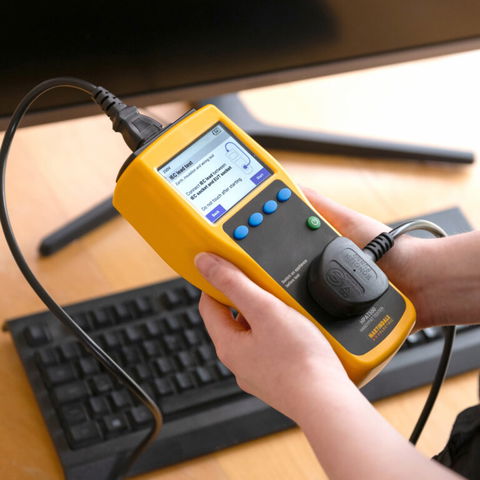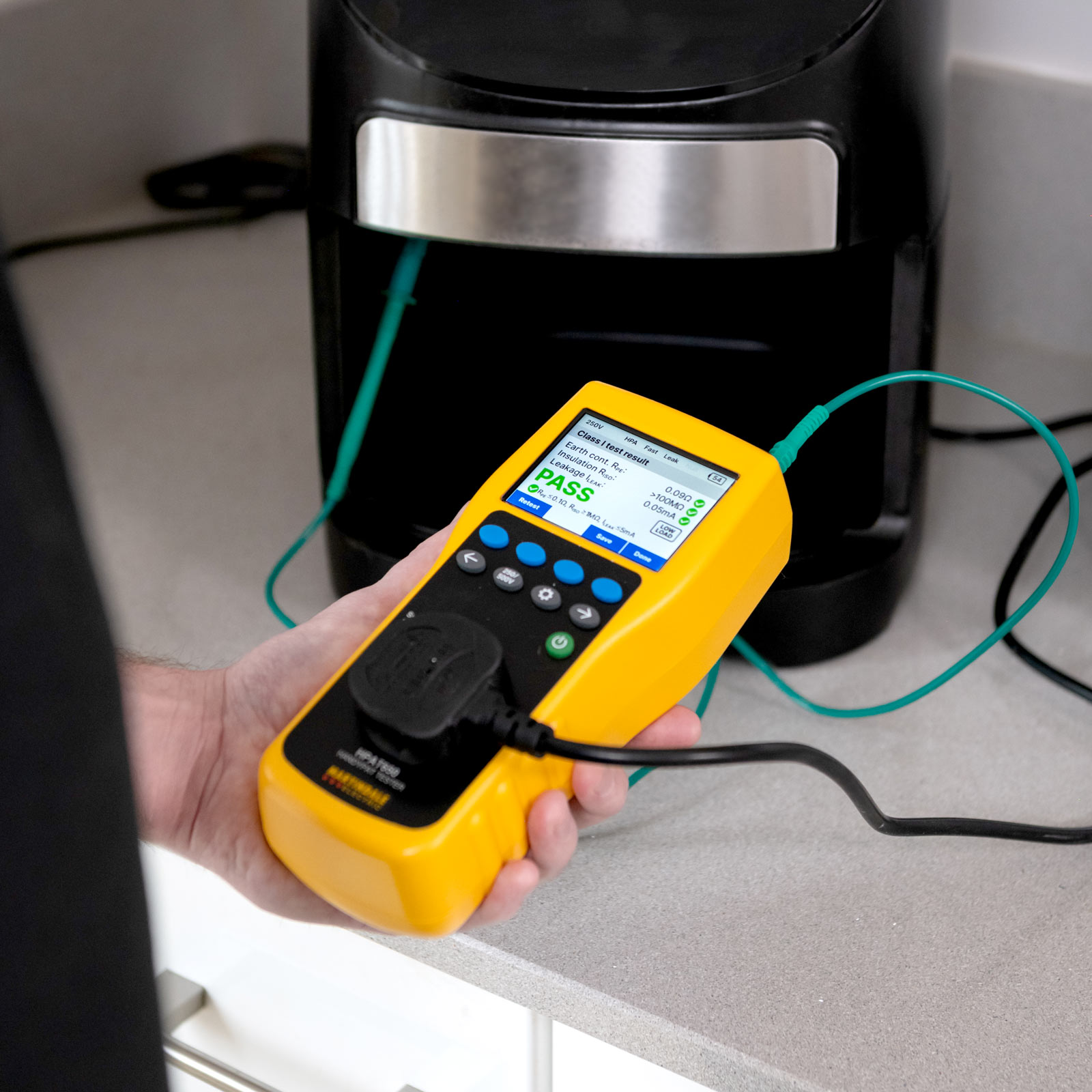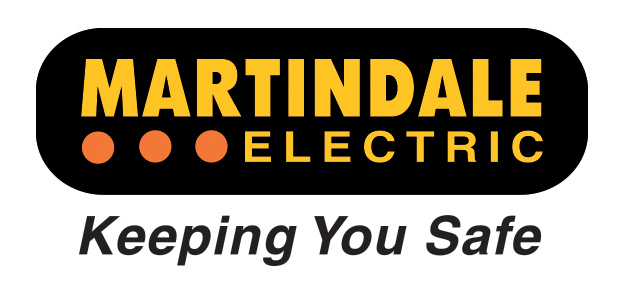A Formal Visual Inspection serves as the first stage of the Portable Appliance Testing (PAT) or Electrical Equipment Testing (EET) process. While discussion around PAT testing generally focuses on verifying electrical safety through measurement and testing, many electrical safety defects can be found by visual examination.

It is important to understand that this forms an essential part of the process, because some types of electrical safety defect can’t be detected by testing alone.
This article highlights that a formal visual inspection is a critical initial filter, ensuring unsafe equipment does not proceed to further electrical testing or remain in use.
Understanding Formal Visual Inspections
A formal visual inspection is a structured, documented assessment of an appliance, including its plug and flexible cable. It must be conducted by a competent person and constitutes a fundamental component of any electrical maintenance program. Unlike informal user checks, a formal inspection is systematic and recorded. Equipment that fails at this stage should be immediately removed from service and not subjected to further testing.
Competence and Responsibility
The inspection must be carried out by a competent individual. According to the 5th Edition of the IET Code of Practice, competence is defined as possessing sufficient technical knowledge or experience to prevent risk effectively. While the inspector does not necessarily have to be a qualified electrician or engineer, they must understand electrical hazards, recognise unacceptable conditions, and be trained to follow inspection procedures accurately.
Importance of the Visual Inspection
The value of a formal visual inspection lies in its ability to detect early signs of damage such as cracks, corrosion, overheating, or loose components, which may precede more serious electrical failures. By identifying unsafe equipment before testing, inspections protect users and premises while ensuring compliance with recommended electrical safety protocols. The HSE advocates regular formal inspections as an integral element of any electrical safety program.
Frequency of Inspections
Inspection intervals depend on equipment type, usage patterns, operating environment, and user profile. Office equipment in controlled conditions may only require annual inspection, whereas power tools on construction sites may need daily or weekly checks. The IET Code of Practice provides suggested intervals, but risk assessment for each appliance should guide the final schedule.
Key Areas of Inspection
A thorough visual inspection encompasses several critical components.
The appliance enclosure should be examined for cracks, dents, chemical corrosion, burn marks, loose parts, and ingress of liquids or foreign objects.
The mains plug must be checked for secure fit, housing damage, proper wiring, terminal integrity, fuse compliance, overheating, and strain relief.
For rewireable plugs, the internal fuse, wiring, and terminals should be examined for authenticity and safety, with attention to signs of moisture damage.
The mains cable requires inspection along its full length for cuts, frays, unsafe joints, exposed wiring, and strain relief at entry points, ensuring the cable’s rating and length are appropriate.
Additional checks include verifying that appliances are used correctly, switches and controls function properly, rating labels are legible, ventilation is unobstructed, and there is no evidence of unauthorised modifications or inappropriate environmental exposure. Controls, indicators, and buttons must be fully operational.
Handling Detected Faults
Any defects discovered during the inspection necessitate immediate removal from service. Equipment should be quarantined, labelled as faulty, and only repaired or replaced by qualified personnel. This approach prevents unsafe appliances from undergoing testing and mitigates potential hazards for users.
Documentation and Compliance
All formal visual inspections must be meticulously recorded. Maintaining accurate records enables monitoring of equipment condition, identification of recurring issues, and demonstration of compliance during audits or investigations.
Conclusion
Formal visual inspections are more than procedural formality, they are foundational to electrical safety. By performing rigorous visual assessments prior to PAT / EET testing, organisations mitigate risks, detect potential failures early, and adhere to the IET’s Code of Practice for the In-Service Inspection and Testing of Electrical Equipment, 5th Edition. In electrical safety, a careful visual examination before testing is a simple yet highly effective measure to maintain workplace safety.
Disclaimer: This article provides technical guidance and does not replace formal training, professional advice, or regulatory requirements. PAT testing and formal visual inspections must be conducted only by competent individuals with appropriate training and knowledge. Always consult the latest guidance from the HSE and IET and seek professional advice where necessary.

